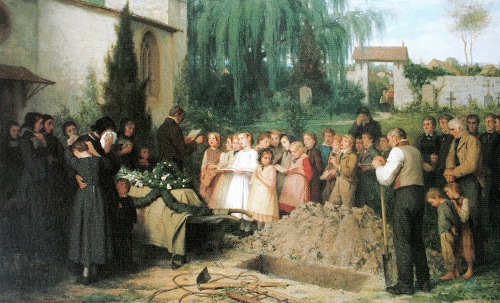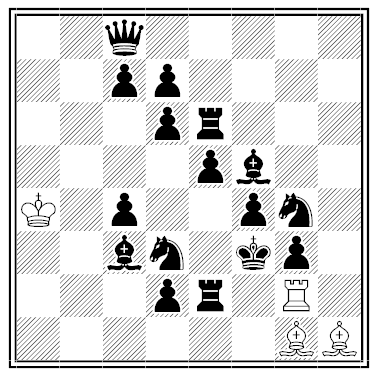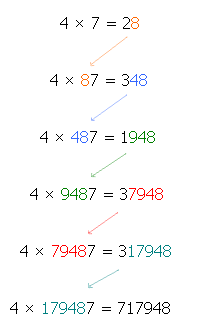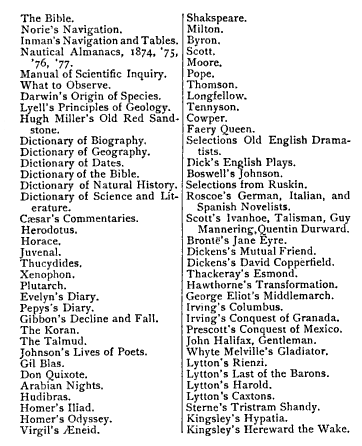
Can a man imagine himself witnessing his own funeral? Antony Flew writes:
The crux is that there is a world of difference between: on the one hand, imagining what it would be like to witness my own funeral; and, on the other hand, imagining what it would be like for me to witness my own funeral. … The question at issue is a question about possible pictures and possible captions. Everyone knows what picture fits the first caption. What picture is it which fits, and justifies, the second caption?
I can imagine what it’s like to be Napoleon. But can I imagine what it’s like for me to be Napoleon?
“Surely I can perfectly well imagine my own funeral, really my own funeral with my body in the coffin and not a substitute corpse or a weight of bricks; with me there watching it all, but invisible, intangible, a disembodied spirit? Well, yes, this seems all right — until someone asks the awkward question ‘Just how does all this differ from your imagining your own funeral without your being there at all (except as a corpse in the coffin)?'”





